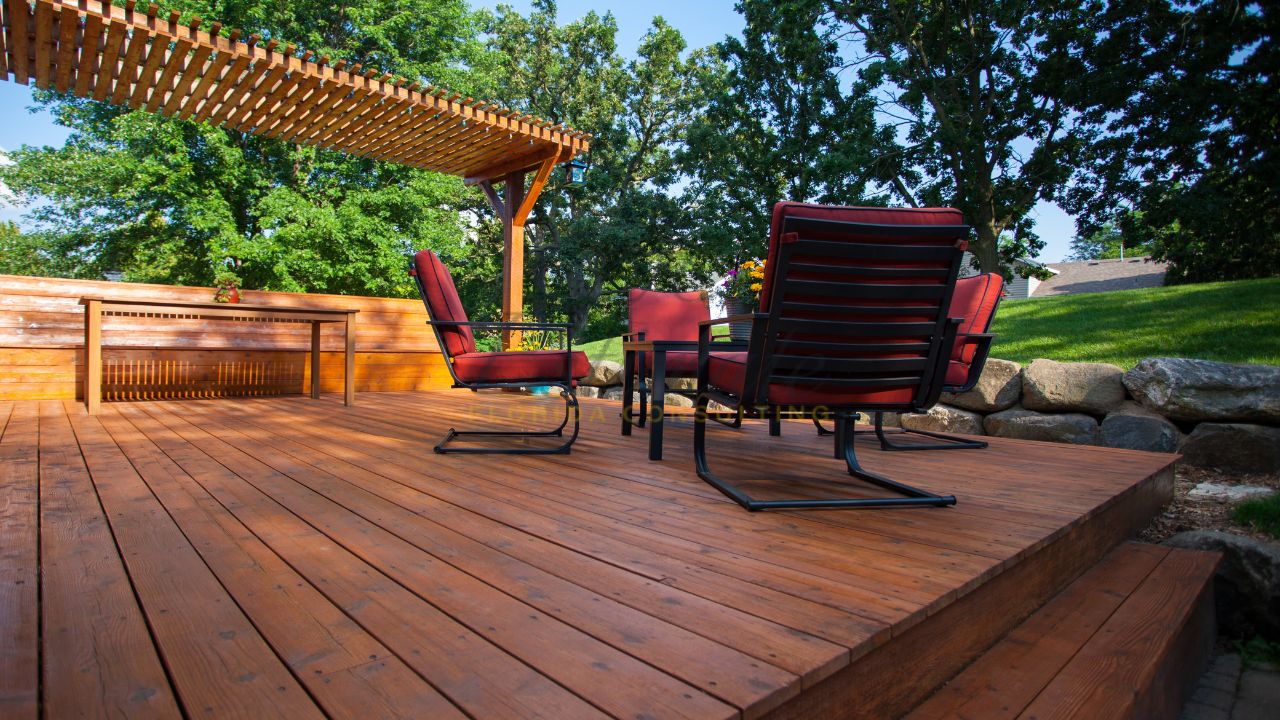Why Composite Decking Is Changing the Game for Modern Construction Projects?
The construction industry has a problem. Clients want durability, contractors want efficiency, and everyone’s under pressure to build sustainably. Traditional timber decking is becoming harder to justify when you factor in callbacks, maintenance complaints, and environmental concerns.
Builders are asking smarter questions about longevity, labour costs, and what happens when clients call about warping or rot. That’s where composite materials are rewriting the rules.
Key Takeaways
- Installation time reduced by up to 30% with no pre-drilling or board sorting required
- Material waste drops from 15-20% down to 5-8% due to consistent quality
- 25-year warranties eliminate callback risks and protect profit margins
- Weather-independent installation keeps projects on schedule
- Genuine sustainability credentials help win tenders as green building requirements tighten

The Real Cost Benefits That Matter
Yes, composite materials cost more upfront than treated pine. But here’s where the calculation gets interesting.
Installation crews move faster because there’s no sorting through timber grades, no rejecting warped boards, and no pre-drilling required. We’ve had builders report 20-30% time savings compared to timber projects of similar size. When you’re pricing labour by the hour, that’s real money.
Waste reduction is another hidden saving. Every timber project requires ordering extra because some boards won’t cut. The transition to composite decking means consistent quality across every board, dropping your waste factor from 15-20% down to around 5-8%.
Then there’s the warranty advantage. Maintenance callbacks, warranty claims for premature failure, reputation damage from unhappy clients—these eat into your bottom line. Quality composite decking comes with 25-year warranties covering both material and labour. That’s genuine risk transfer that protects your margins.
Installation Advantages That Speed Up Timelines
Construction timelines are tighter than ever. Composite materials give you flexibility that timber can’t match.
You’re not waiting for optimal conditions to install. Rain yesterday? Humid conditions? Doesn’t matter. The boards won’t absorb moisture and warp, which means your crew keeps working when timber projects would be on hold.
Modern hidden fastening systems are faster to install. No surface screws to countersink, no nail heads to hide. The boards clip into place, creating a clean finish in less time.
Every board cuts the same way, every time. No variation in density, no hidden knots, no twisting that forces rework. Your crew gets into a rhythm that actually speeds up as the project progresses.
Meeting Green Building Requirements
Sustainability credentials are shifting from “nice to have” to “required to tender” across commercial projects. Composite decking gives you a genuine story to tell.
Our products use recycled materials, and we’ve established Australia’s first end-of-life recycling program for composite decking. When that deck reaches the end of its 25-30 year lifespan, it gets recycled into new products rather than heading to a landfill.
The carbon footprint calculation also works in your favour. A deck lasting 30 years with zero maintenance treatments versus timber needing replacement after 15 years plus annual chemical treatments? The environmental math isn’t close.
The Bottom Line
Construction projects succeed or fail on margins measured in percentage points. Every callback costs money. Every weather delay costs money. Every warranty claim costs money.
Composite decking addresses all three pain points while performing better in Australian conditions than traditional materials. The upfront cost premium pays for itself through reduced labour, eliminated callbacks, and the ability to guarantee your work for decades rather than years.

